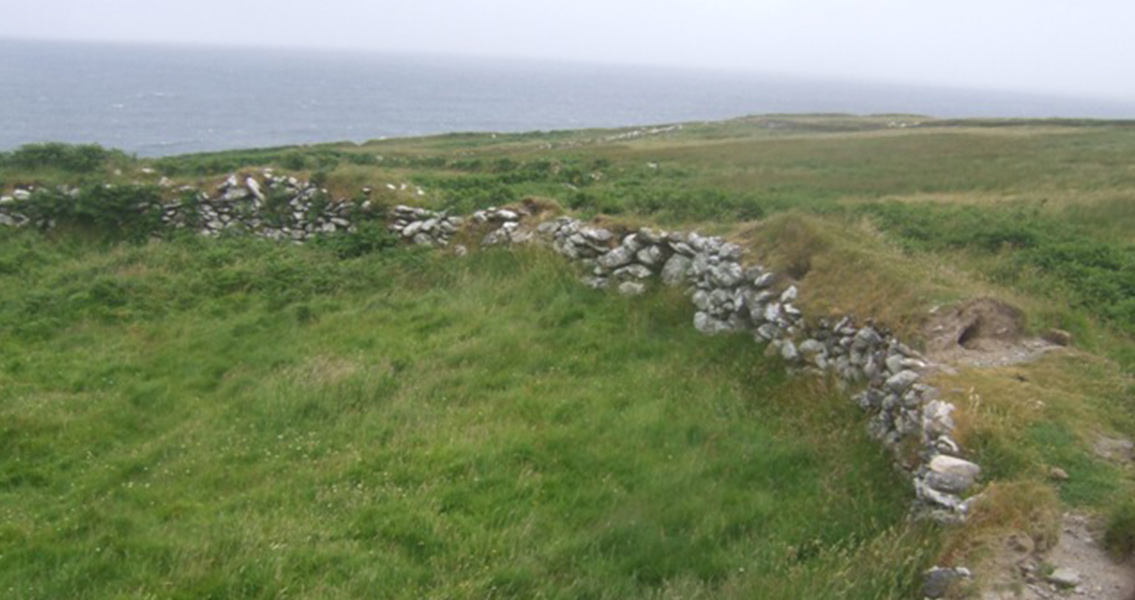<![CDATA[Excavations in Sweden have turned up evidence of a brutal massacre. It has been known for some time that the Sandby borg ringfort on the island of Öland, Sweden, was the site of a bloody battle 1,500 years ago. The recent discovery of childrens' skeletons has, however, put the event in a new, more gruesome light. Helena Victor, project manager at the Department of Museum Archaeology at Kalmar County Museum, stated that it had been thought only adults were in the fort when the horrific events took place. The childrens' remains reveal huge amounts of information about how humans behaved at the time. The special position children occupy in our time may not have existed in past societies. It is quite possible that children were seen as legitimate targets in war and treated in the same way as a full-grown, adult warrior. The initial discovery of the bones was made in September, but their age has only just been pinpointed. Osteological analysis revealed that the bones belonged to two different children, aged between 2 and 5 years old. In the same house, a skeleton of a 50 to 60 year old man was found lying on its stomach in the middle of the building. "What we can see by looking at the position in which the skeleton was found is that he was probably struck down and fell prone into the burning fireplace," says Clara Alfsdotter, osteologist at the museum of Bohuslän Research at the Sandby borg site began in 2010, but only 3% of the fort has been excavated in that time. Nevertheless, digs have already uncovered a huge amount of information. Sandby borg appears to have been a prosperous town, residents lived in small huts and reared livestock. In total, the remains of more than ten individuals who died in the massacre have been found. The site is incredibly well preserved as the fort was abandoned after the massacre and has not been inhabited since. Even valuable items, gilded brooches and jewellery, were left untouched until uncovered by archaeologists. “I think [the inhabitants] were ambushed in some way and people were running into the house trying to kill them and they didn't have a chance,” Helene Wilhelmson, a researcher who specialises in the study of bones at Sweden's Lund University, told the Daily Mail. “'It's more of a frozen moment than you normally see in archaeology… Something terrible happened, and everything just stopped.” One possible explanation for the brutal massacre could be that the amount of gold in the area had been significantly reduced. Towards the end of the fifth century, there was a dramatic decrease in the gold influx to Öland from the Roman Empire; the Sandby borg massacre occurred around this time. The Sandby borg site could reveal a huge amount about the effects the collapse of the Roman Empire had on contemporary societies. To continue their excavations, the team are seeking further funds to support their research. “The reason these bodies have not yet been recovered is mainly financial; we strongly feel that – given the unique circumstances – we must uncover these humans in the proper way, and we must tell their story,” the research team writes on their fundraising page. Image courtesy of: GeographBot]]>
1,500 Year Old Bodies of Massacred Children Found in Sweden
